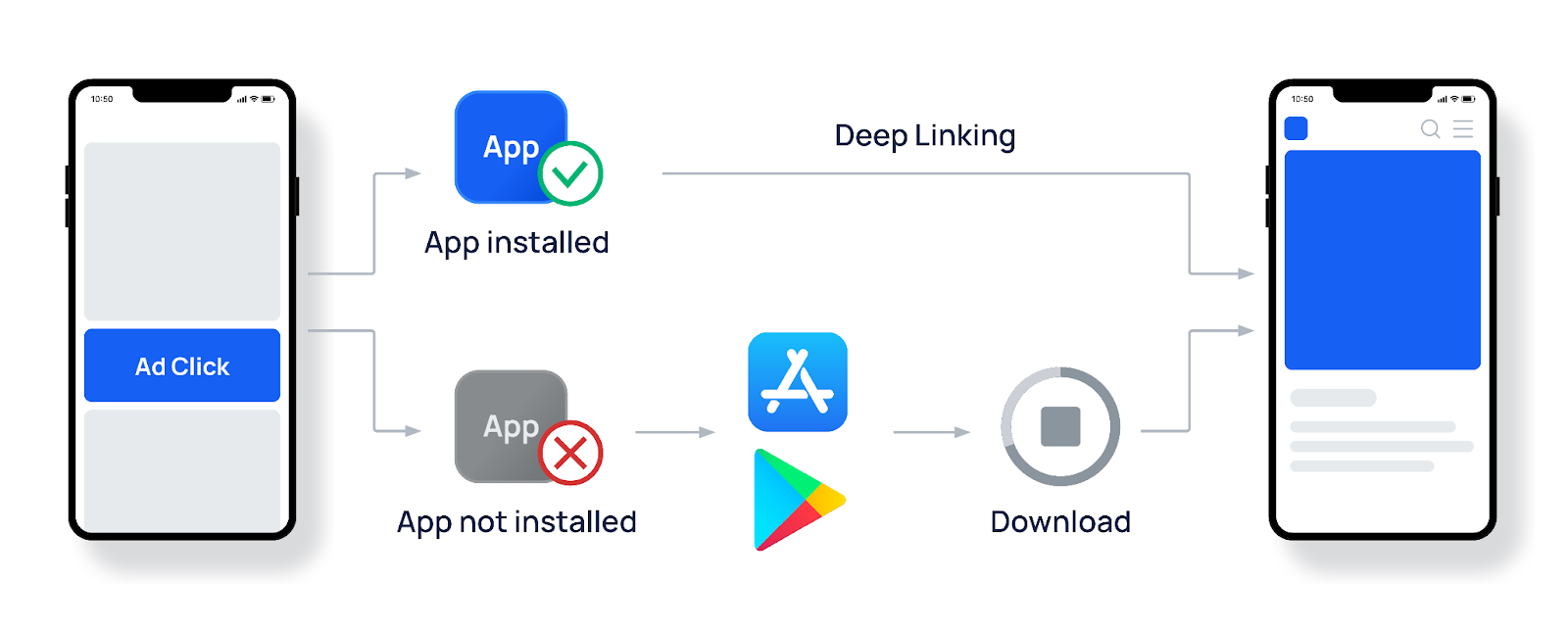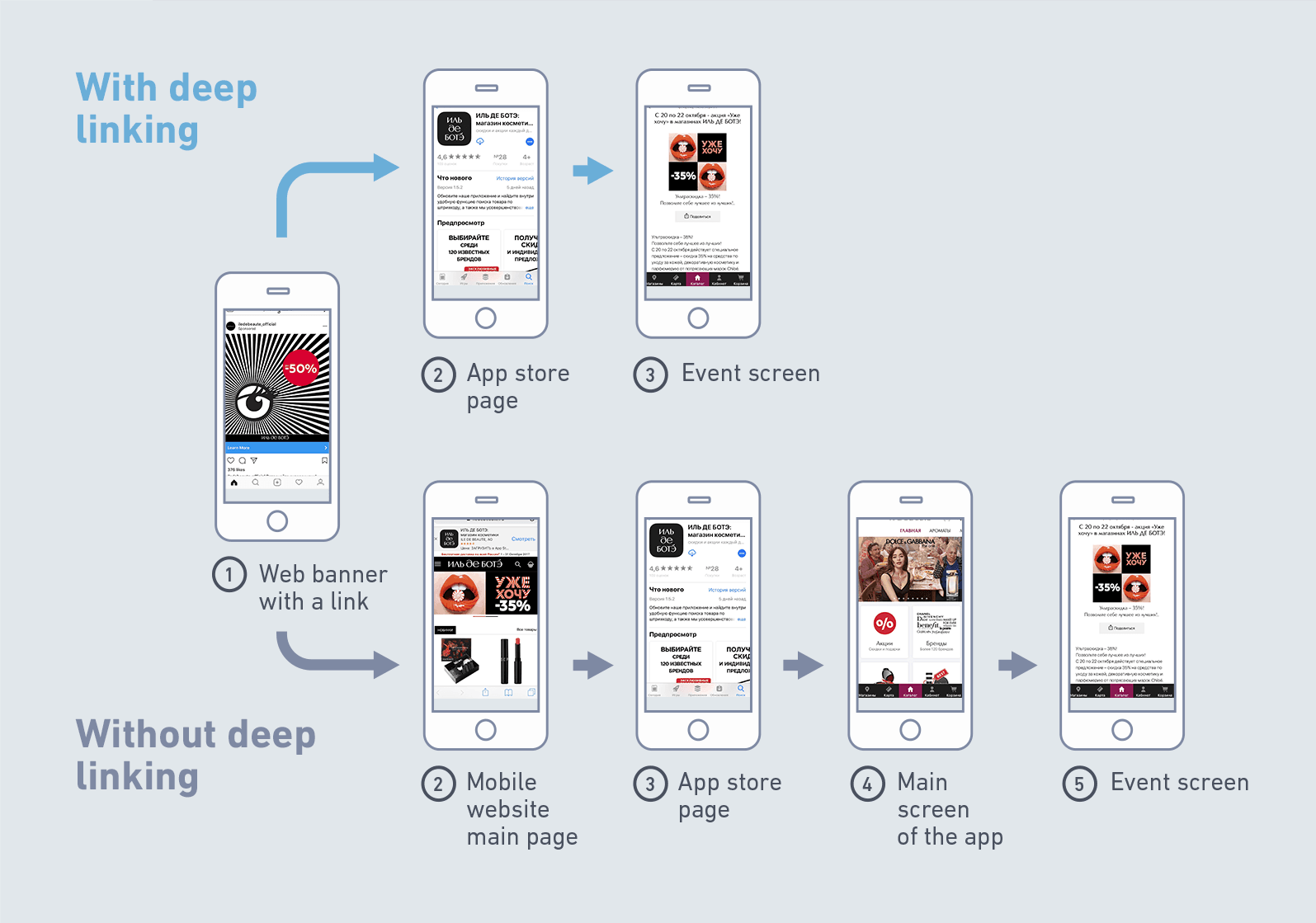Deep Hot Link: The Ultimate Guide To Unlocking Its Potential
Deep hot linking is a fascinating concept that has gained significant attention in the digital world. It's like finding a hidden treasure map that leads you directly to the most valuable content on the web. Imagine being able to access specific parts of a website without having to navigate through multiple pages. Sounds cool, right? Well, that's exactly what deep hot linking allows you to do. In this article, we'll dive deep into the world of deep hot linking, uncovering its secrets, benefits, and potential challenges.
Now, you might be wondering, "What exactly is deep hot linking?" Simply put, it's a technique that enables you to create direct links to specific sections of a webpage. This means you can skip all the unnecessary stuff and get straight to the good stuff. Think of it as a VIP pass that takes you directly to the front row of a concert. But before we get into the nitty-gritty, let's talk about why this concept is so important in today's fast-paced digital landscape.
As the internet continues to grow and evolve, users are looking for faster and more efficient ways to access the information they need. Deep hot linking offers a solution to this problem by providing a seamless user experience. By allowing users to jump directly to the content they're interested in, websites can improve engagement, reduce bounce rates, and ultimately drive more conversions. So, are you ready to learn more about this powerful tool? Let's dive in!
Read also:18 Desi Junction Vegamovies The Ultimate Guide To Exploring Legitimate Entertainment
What is Deep Hot Linking Anyway?
Deep hot linking is all about creating direct links to specific sections of a webpage. Instead of just linking to the homepage or a general page, you can take users straight to the part of the site that matters most. This could be a particular product, a specific blog post, or even a section within a long article. It's like giving users a shortcut to the good stuff. By doing this, you're not only making their lives easier but also improving the overall user experience.
One of the coolest things about deep hot linking is that it works across different platforms and devices. Whether you're using a desktop, tablet, or smartphone, you can still access the exact content you're looking for without any hassle. This flexibility makes it an essential tool for modern web developers and marketers who want to provide a seamless experience for their users.
How Does Deep Hot Linking Work?
So, how exactly does deep hot linking work? Well, it all starts with something called anchor tags. These are little pieces of code that allow you to create links to specific parts of a webpage. When you click on one of these links, your browser automatically scrolls down to the designated section. It's like magic, but with a bit of coding behind the scenes.
To create a deep hot link, you'll need to add an ID attribute to the element you want to link to. Then, you simply add this ID to the URL of the page, preceded by a hash symbol (#). For example, if you want to link to a section with the ID "product-info" on a page called "example.com," your URL would look like this: example.com#product-info. Easy peasy, right?
Why Should You Care About Deep Hot Linking?
There are several reasons why deep hot linking is worth your attention. First and foremost, it enhances the user experience. By allowing users to access specific content quickly and easily, you're making their lives easier and increasing the chances that they'll stick around on your site. This, in turn, can lead to higher engagement rates and more conversions.
Another benefit of deep hot linking is that it can improve your website's SEO. Search engines love websites that provide a great user experience, and deep hot linking is one way to achieve that. By making it easier for users to find the information they're looking for, you're also making it easier for search engines to understand the structure and content of your site. This can ultimately lead to better rankings and more organic traffic.
Read also:Samantha Deering Age Unveiling The Life And Times Of A Rising Star
Benefits of Deep Hot Linking
Now that we've covered the basics, let's take a closer look at the benefits of deep hot linking. Here are some of the top reasons why you should consider implementing this technique on your website:
- Improved User Experience: By allowing users to access specific content quickly and easily, you're making their lives easier and increasing the chances that they'll stick around on your site.
- Increased Engagement: When users can find the information they're looking for without having to navigate through multiple pages, they're more likely to engage with your content and spend more time on your site.
- Better SEO: Search engines love websites that provide a great user experience, and deep hot linking is one way to achieve that. By making it easier for users to find the information they're looking for, you're also making it easier for search engines to understand the structure and content of your site.
- Enhanced Conversion Rates: By directing users to the most relevant content, you can increase the likelihood that they'll take the desired action, whether that's making a purchase, filling out a form, or signing up for a newsletter.
Common Misconceptions About Deep Hot Linking
Despite its many benefits, deep hot linking is often misunderstood. Here are some of the most common misconceptions about this technique:
Myth 1: Deep hot linking is the same as hotlinking. Not true! While both involve linking to content on another site, deep hot linking focuses on specific sections of a page, whereas hotlinking typically refers to linking to images or other media files.
Myth 2: Deep hot linking is bad for SEO. Actually, the opposite is true. By improving the user experience and making it easier for users to find the information they're looking for, deep hot linking can actually help boost your SEO efforts.
How to Implement Deep Hot Linking on Your Website
Ready to start implementing deep hot linking on your site? Here's a step-by-step guide to get you started:
- Identify the sections of your webpage that you want to link to.
- Add an ID attribute to each of these sections. For example,
id="product-info". - Create a link to the section by adding the ID to the URL, preceded by a hash symbol (#). For example,
example.com#product-info. - Test your links to make sure they're working correctly.
Best Practices for Deep Hot Linking
To get the most out of deep hot linking, it's important to follow some best practices. Here are a few tips to keep in mind:
- Use descriptive IDs: Make sure your IDs accurately describe the content they're linking to. This will make it easier for users and search engines to understand the context.
- Keep it simple: Avoid using overly complex or lengthy IDs. Stick to short, easy-to-read words or phrases.
- Test your links: Before publishing your page, make sure all your deep hot links are working correctly. Nothing's worse than a broken link!
- Monitor performance: Keep an eye on how users are interacting with your deep hot links. Are they using them? Are they helping to improve engagement and conversion rates?
Potential Challenges and How to Overcome Them
While deep hot linking offers many benefits, there are also some potential challenges to be aware of. Here are a few common issues and how to overcome them:
Issue 1: Broken links. To avoid this, make sure to test all your deep hot links before publishing your page. Also, keep an eye on your site's structure and update any links if necessary.
Issue 2: Misleading users. If your deep hot links don't accurately reflect the content they're linking to, users may feel misled or frustrated. To prevent this, make sure your links are descriptive and relevant to the content they're pointing to.
Case Studies: Real-World Examples of Deep Hot Linking
Let's take a look at some real-world examples of deep hot linking in action:
Example 1: An online retailer uses deep hot linking to direct users to specific product categories. This makes it easier for shoppers to find what they're looking for and increases the likelihood of a purchase.
Example 2: A blog uses deep hot linking to allow readers to jump directly to specific sections of a long article. This improves the user experience and encourages readers to engage with more content.
Conclusion: Why Deep Hot Linking Matters
In conclusion, deep hot linking is a powerful tool that can enhance the user experience, improve SEO, and boost conversion rates. By allowing users to access specific content quickly and easily, you're making their lives easier and increasing the chances that they'll stick around on your site. So, if you're not already using deep hot linking on your website, now's the time to start!
Before you go, we'd love to hear your thoughts on deep hot linking. Have you used it on your site? What benefits or challenges have you experienced? Leave a comment below and let us know. And if you found this article helpful, don't forget to share it with your friends and colleagues!
Table of Contents
- What is Deep Hot Linking Anyway?
- How Does Deep Hot Linking Work?
- Why Should You Care About Deep Hot Linking?
- Benefits of Deep Hot Linking
- Common Misconceptions About Deep Hot Linking
- How to Implement Deep Hot Linking on Your Website
- Best Practices for Deep Hot Linking
- Potential Challenges and How to Overcome Them
- Case Studies: Real-World Examples of Deep Hot Linking
- Conclusion: Why Deep Hot Linking Matters
Article Recommendations


